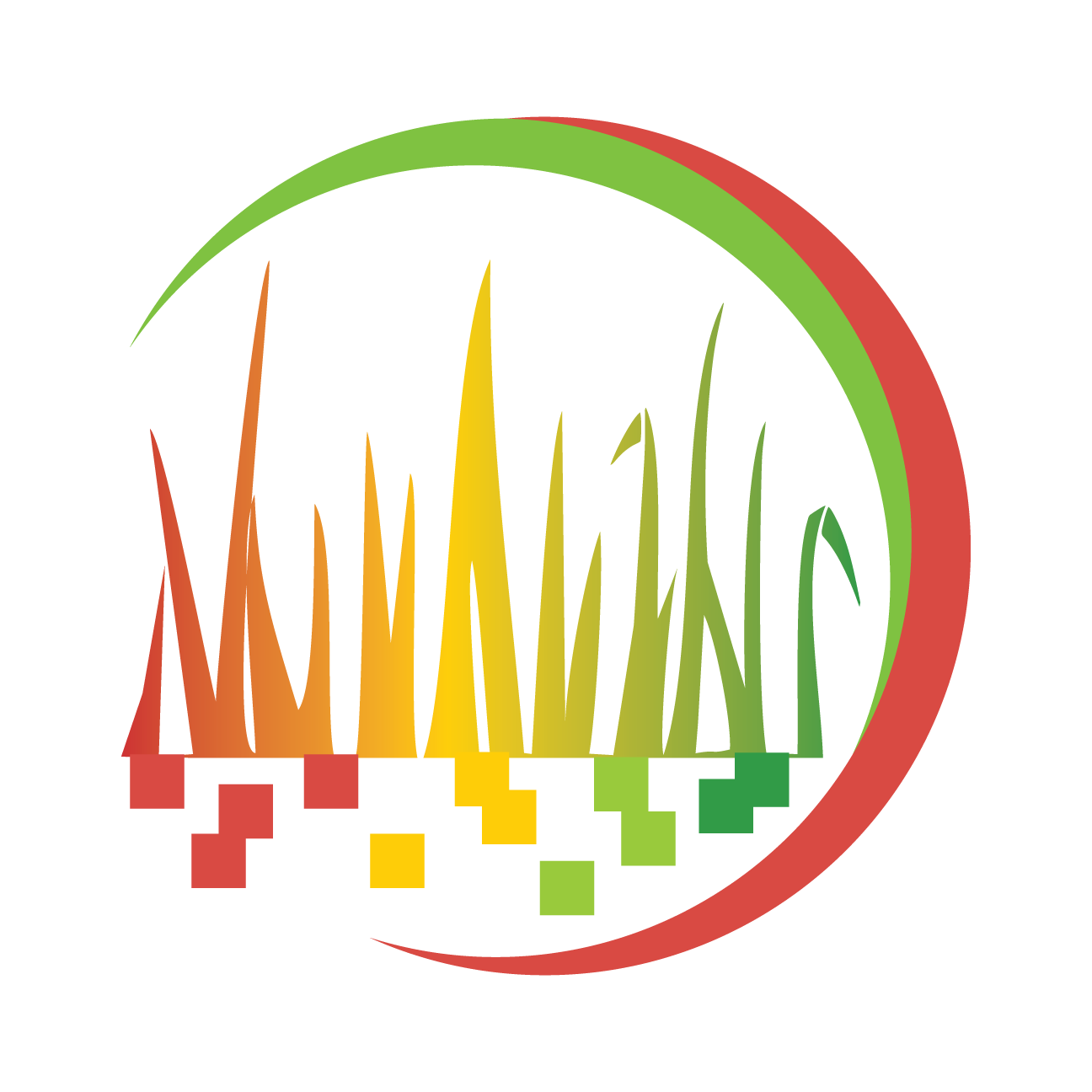
“Restoring a Natural Treasure”




The best thing about our Prairie Grass Sod is that the benefits are instant and only get better from there. One of the huge benefits of Prairie sod is that it is best when you leave it alone (or with minimal help) – it knows what to do and it’s been doing it for thousands of years.
Some may feel they can plant prairie grass seed and get the same result. It simply doesn’t work that way. Father Time and Mother Nature have to allow the ecosystem balance to occur over time, a lot of time. These carbon trapping plants have evolved over thousands of years to survive whatever nature had thrown at it despite droughts, frigid winters, sizzling summers, fire, and all without pesticides, herbicides, or fertilizers to flourish.
There are infinite ecological benefits to our prairie grass sod and we’d be remiss if we didn’t mention the breathtaking beauty. Native prairies provide an ever-changing kaleidoscope that changes with the turning of seasons, temperature, rainfall, and sunlight. These variables result in a spectacular transformation of rich colors, textures, and the joyful arrival of wildflowers.
So, while you’ll be helping our earth, saving money and labor, you’re creating something truly beautiful.

An ecological imbalance can have drastic effects on our atmosphere, organisms, wildlife, and untimely humans. When ecosystems start to fail, it can be disastrous with flooding, erosion, soil/water contamination, air/carbon pollution, global warming, and wildlife reduction.
We can rebound with nature’s original ecosystem from our prairie grasslands both above and below in the soil.
Below, the massively strong roots can go down 6-12 feet encouraging infiltration of rainwater, reducing runoff, erosion, all while enhancing water quality and sequestering carbon at the rate of one square foot of prairie grass can store a 1/4 lb of carbon annually.
Plants above the soil help with erosions, clean air pollutants, encourage healthy organisms, provides food for wildlife, and even mitigates our temperatures.
Prairie Grass Sod is drought tolerant, grazing resilient, and tough enough to survive -40ºto a 100º above. The best part is, many of the sod’s benefits are almost immediate and thrives best when left alone.

Environmental economics is a relational part of financial economics as it relates to environmental concerns. Businesses have gained interest in, and complying with, adding this aspect in their policies in-part because of the population’s realization of our environmental consequences.
The study of costs vs benefits includes policies from our governments and agencies regarding water/air pollution, chemical toxicants, solid waste, and global warming.
Of course, there are rules and fines connected to violations resulting in an economic impact on business. Our businesses must now consider policies such as Eco tax, Environmental Pricing Reform and Tariffs, Green New Deal, Net Metering, Sustainable Tourism, and more.
There are more than just negative consequences for violations, there are also rewards for being proactive and compliant.
There are substantial repercussions, both good and bad, that come from the consumers. Advertising “green” behaviors or actions affect the public’s opinion about that service or product.






All rights reserved 2021 | Developed by Where in Guate
Prairie Grass Sod: 2000 N. North Drive, Sioux Falls, SD 57104 | info@PrairieGrassSod.com | Tel: +(605) 728 2970